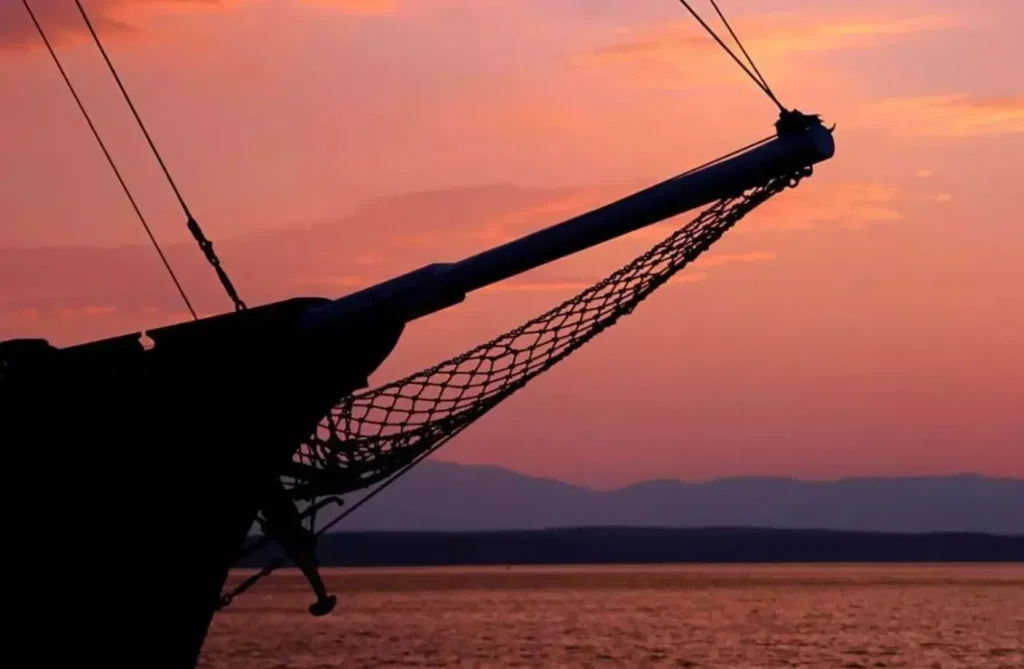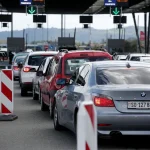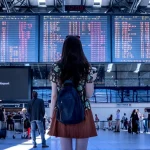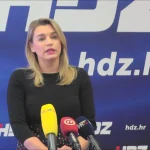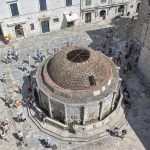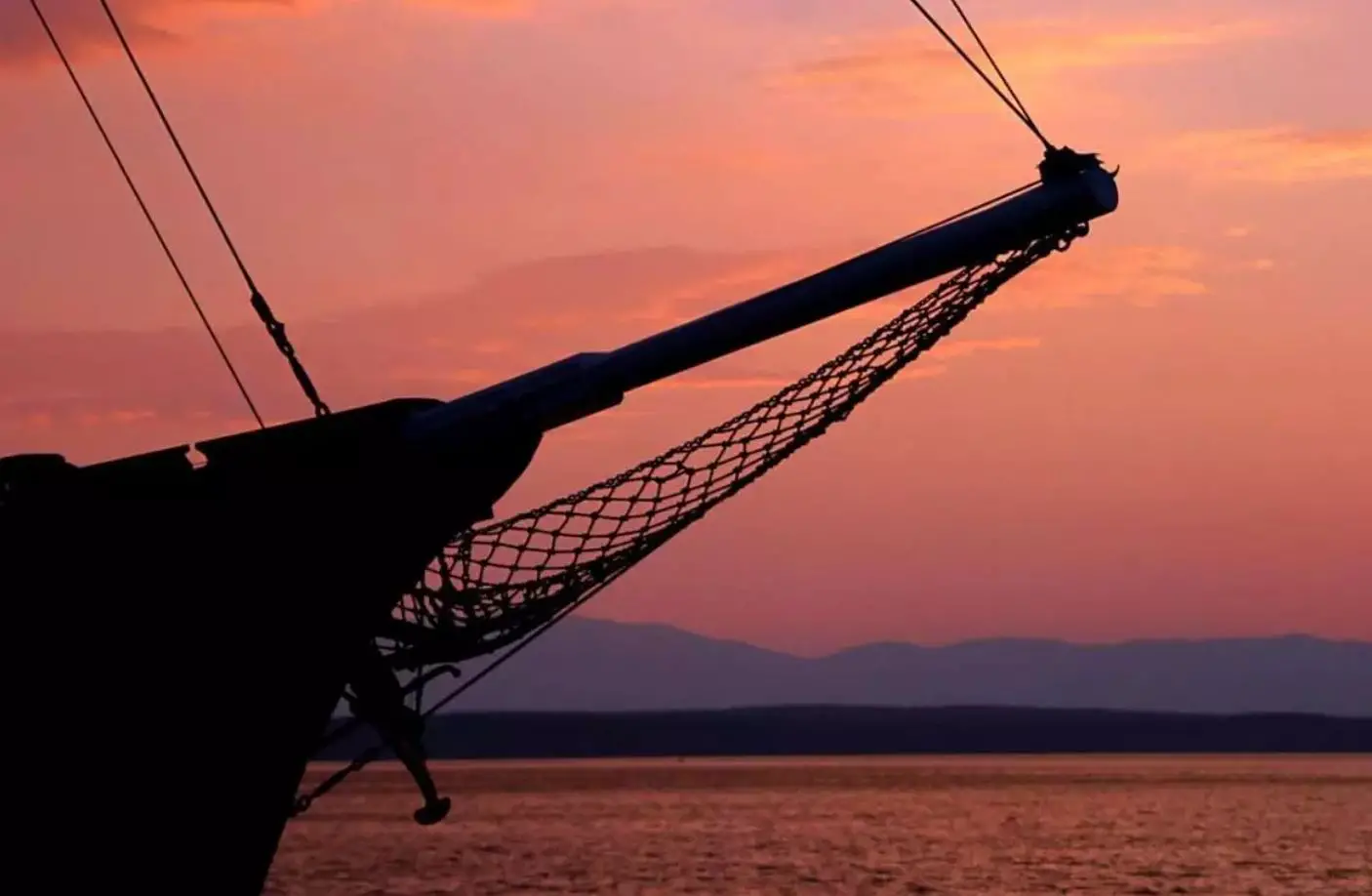
June 2, 2020 – Tonči Glavina, a State Secretary in the Ministry of Tourism, gave an interview to Slobodna Dalmacija about the hottest topic in Croatia these days: tourist season 2020.
Hrvoje Prnjak talked to Mr. Glavina, who has personally, both face to face and on social media, kept in contact with everyone who wanted to know more about Croatian tourism. He has welcomed questions posted by the renters and anyone else participating in this vital sector of the Croatian economy, which is taking a hit because of the pandemic.
Slobodna first asked Mr. Glavina about the fact that only three months ago, it seemed that we would have another record-breaking season, and just a month after that, the season appeared to be lost entirely. Where are we now, which segments can be expected to produce some positive numbers?
Mr. Glavina explains that the Ministry is aware that the results in 2020 will be far from the results from 2019, which has set many records for Croatian tourism. He adds that they are making arrangements for the guests to arrive from some of the most important markets, and they believe that, if the epidemiological situation continues to be favorable, Croatian tourism will be able to achieve around 30 percent of last year’s results.
Because of the COVID-19 epidemic, the entire world is facing the “new normal” which, among other things, includes strict social distancing, which will encourage guests to seek out tourist offers providing some isolation, such as vacation houses or boat rentals. As the epidemiological situation changes, hopefully for the better, I believe that the other forms of the tourist offer will be able to achieve satisfying results.
Next, the journalist asked Mr. Glavina about the gradual “opening” of the Croatian borders to foreign nationals, where Croatia was among the countries that re-opened first. What countries can we expect to see in the next wave of re-opening?
In 2020 we’ve seen 400,000 arrivals by the foreign tourists, and they’ve had 1.4 million overnight stays. That’s an 80% reduction compared to last year, which was expected. However, since May, when we’ve started the re-opening, we see the increased arrivals of tourists to Croatia, and around 20 thousand overnight stays each day. As can be expected, most of them are arriving from the countries in our region: Slovenia, Austria, Germany. Croatia has relieved restrictions for foreign guests arriving from 10 countries that find themselves in a similar epidemiological situation. We wanted to be able to control the arrival of tourists, which is why we decided to open gradually. Our first priority is to prevent the creation of some type of hot-spot, which would take us a few steps back, and we definitely don’t want that.
We want to make sure our guests, everyone working in tourism and everyone else in Croatia is as safe as possible. In addition to that, we want our guests to be able to enter Croatia without problems, that’s why we decided to go down the digital and innovative route (which is our goal all the time) and create an online application which is meant to allow for a faster border crossing and reduction of waiting periods.
Tourist companies saw their entire business grind to a halt literally overnight. What have you done to help those companies survive, as it is unclear how many of them will be able to recover in this year?
To help the various companies deal with the special circumstances, the Ministry of Tourism has reduced the amounts for the tourist memberships, which saved those companies 26 million kunas. Also, all of the private renters and family farms that also provide accommodation were released from paying the tourist taxes in the first six months of this year, which saved them 154 million kunas. The variable portion of the concessions for camps, around hotels, and in tourist villages has been reduced to one kuna, which saved another 15 million kunas.
It was vital for us to help keep tourist companies liquid, so we invested 25 million kunas in helping them pay for interest for loans taken with the HBOR (Croatian Bank for Reconstruction and Development). That allowed businesses with problems to get more than 600 million kunas of loans.
It is evident that this year’s results will depend on the re-establishment of international flights. When do you expect the situation to get normalized?
Some of the destinations in Croatia depend on the flights. However, it is important to highlight that we are quite close to some of our principal markets, which makes it easier for them to drive to Croatia, which gives us an advantage when compared to our Mediterranean competition. The air traffic is beginning to normalize, although everyone understands that the flights will be quite different than what we’re used to. In Split Airport, they expect things to normalize partially after mid-June. It’s realistic to expect 180 lines to be operating then, and it’s crucial to maintain good relations with the national company, Croatia Airlines, which has connected us to Europe almost without a break with their Zagreb-Frankfurt flight, and flights from Zagreb to Split and Dubrovnik.
The journalist touched upon some of the changes to the laws in the area of tourism, which happened during this government term. He asked Mr. Tonči Glavina which of those changes he considered to be the most important, and which of them will stay in the future.
The packet of the tourism laws which have been implemented this year will allow for the almost complete transformation of the tourist system. The activities of the tourist boards will follow the modern trends of how tourist boards function elsewhere. We’ve modernized the system according to the circumstances, as the destination management has become the guiding principle for tourism management in the modern world. We are adjusting and directing the system to improve the competitiveness of the Croatian system in the next ten years.
The introduction of the new Fund for the Joint Tourist Boards is especially important, as it will encourage the formation of tourist boards for several local administration units, which will reduce costs. We’re very proud that the system of tourist boards already recognized that, and they’ve started joining each other, and I believe we can reduce their number by about 20-30 percent, or 60 to 80 tourist boards in total.
In addition to the changes in the tourism laws, I need to highlight another decision by this government, which is to reduce the VAT in the hospitality sector to 13 percent, which included food deliveries for the first time. I believe that in our next term, we’ll create the conditions to reduce the VAT in tourism further, and create other savings in the tourism sector – and our tax policies and breaks already helped them save a billion kuna.
EU has various funds and financial mechanisms – but no Fund for Tourism Recovery. What would that mean for everyone in the tourism business in Croatia, and who could count on it?
Tourism accounts for 10 percent of the EU GDP, employs almost 12 percent of the total number of people working in the EU, and generates over 400 billion euros of income. It’s clear that we need to find joint European solutions for stopping the crisis in the tourism sector, but also to create programs and plans to halt similar threats in the future. Croatian Ministry of Tourism has, two years ago, way before the corona-crisis, started the initiative to establish the Fund for Tourism on the EU level, financed for years and used in crises like this, or in times of natural disasters, terrorism or in similar circumstances. We weren’t really understood then, but when the crisis hit during the Croatian presidency of the EU, we were able to achieve a high level of consensus within the EU. I find that to be a great victory for Croatia, showing how to manage the tourist policies both nationally, but also on the European level as well. The recently-presented EU plan for the economic recovery has 10 billion euros earmarked for Croatia, which shows the importance of Croatian membership in the EU and how much the EU can help us recover.
The Ministry of Tourism has gotten the money needed to fund the Competence Centres from the EU funds. What are those Centres?
The financing of the regional competence centers in the tourism and hospitality sector, in the amount of 500 million kunas for the infrastructure, curriculum, and other activities, is undoubtedly one of the most significant investments in the future of Croatian tourism. It is a solution for the future, which will help us deal with the problem of not enough workers in tourism in the next several years. I believe this project starts the new age for human resources in tourism, benefiting the employees who will be educated at the highest level, following the modern trends, but also helping the employers, who will get highly trained people with practical experience working for them.
The interview concluded with Mr. Tonči Glavina explaining that the six regional centers have been established, and the tourism and hospitality school in Split has received 74 million kunas, which is the most significant individual amount awarded.

